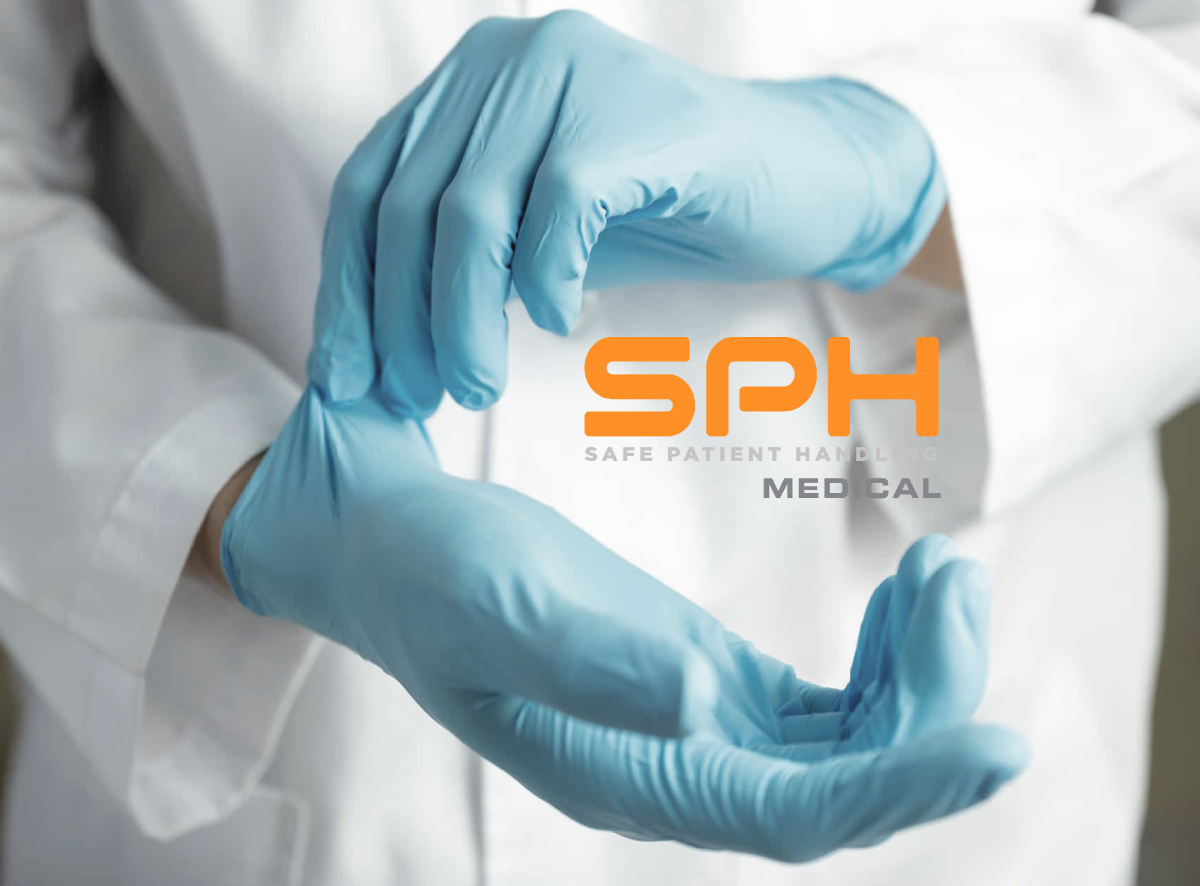Chemotherapy Testing for Nitrile Gloves
In today’s current environment of infections and pathogens we are more increasingly concerned about Chemotherapy Testing for Nitrile Gloves. The International Agency for Research on Cancer of the World Health Organization confirms that cancer rates are increasing around the world due to people living longer. Most cases of cancer happen to people who are older. Also, researchers believe that smoking tobacco and unhealthy eating habits are likely to result in more lung and gastrointestinal cancers throughout the world. This means that more people will need cancer treatment.
Why Is It Important to Test the Effectiveness of Nitrile Gloves Against Chemotherapy Drugs?
Universal precautions requiring the use of disposable gloves have been in place for years. These precautions were established to prevent death from HIV contamination during the ‘80s and ‘90s as well as from other dangerous chemicals. Until the 1990s, disposable gloves were manufactured mainly from rubber. Unfortunately, in 1996, Karen Wetterhahn, who was a scientist, died from mercury poisoning after the chemical seeped through her gloves during an experiment.
After news of Wetterhahn’s death traveled through the science community, researchers recommended the use of plastic-laminated gloves instead. Advancements in technology brought about latex, vinyl and nitrile gloves. Many health providers choose gloves made from nitrile because the material is highly resistant against chemicals. This makes them best for medical facilities that use chemotherapy drugs. To keep healthcare staff safe, it’s important to test the effectiveness of gloves made from nitrile against chemotherapy drugs.
It’s important for healthcare workers to know whether the gloves that they’re using will protect them against all types of chemotherapy drugs. To check, review the chemical infiltration label listed on the package. Make sure that your gloves feature the most recent standard provided by the American Society for Testing and Materials or ASTM. The current code is D6978-05.
What You Need to Know About Fentanyl Citrate
Fentanyl is an artificial opioid used by cancer patients to manage their pain. It comes in tablet or patch form. The drug, Fentanyl Citrate is 50 times stronger than heroin and an estimated 100 times more powerful than morphine. In fact, just 2mg of the opioid is strong enough to cause death, which is why it’s important to use disposable gloves that will protect you from this powerful drug when working with cancer patients.
Recommendations for Proper Glove Use
Experts recommend wearing two pairs of gloves that have been tested against chemotherapy drugs anytime you’re participating in activities involving hazardous drugs. You should also change your gloves every 30 minutes or right away if the gloves become damaged or if you know that they’ve been contaminated. This is why medical facilities need so many boxes of gloves.
Wear disposable gloves that are free of powder and made from nitrile, latex or neoprene. Also, make sure that the cuff of the glove is long enough to cover your gown sleeves. Glove thickness depends on the material of the gloves. If you’re doing chemotherapy preparation, then make sure that your exterior glove is a sterile one.
You should wear two sets of gloves when disposing of hazardous drugs, cleaning up spills and for routine cleaning.
How Does Glove Testing Offer Protection?
Chemotherapy drug testing offers protection because you’ll know what chemicals your gloves will protect you from. When testing is complete, the third-party testing company will print chemotherapy drug information on the glove packaging including which drugs the gloves were tested against. The label will also show you what level of protection the gloves provide. To make it easy to determine what your gloves provide protection against, companies may add pictograms to the glove boxes.
If you didn’t have access to this detailed information, then you might accidentally choose a set of gloves that are not designed to protect you from the drugs that you’re giving to patients.
Glove Testing Requirements
The European Council Directive provides legal coverage for medical gloves. Along with this, the European Standard outlines exact requirements when it comes to labeling, glove shelf life and disclosure information. Quality testing methods are developed to check the physical properties of these kinds of gloves. This includes their strength levels and dimensions.
Testing involves checking for macroscopic material flaws. There is also a standard to test gloves against chemicals and microorganisms. Gloves that receive certification based on each standard offer a higher level of protection for the wearer.
Standard test methods to determine the protective properties of gloves include checking glove permeation as well as penetration levels. Penetration indicates whether a chemical can make its way through pores or macroscopic holes while permeation determines if chemicals can move through the glove. Testing must be done over a certain amount of time.
Maintaining Safety Standards
Third-party testing labs check nitrile exam gloves against drugs to confirm that they are safe for both patients and medical professionals. Gloves made from nitrile are in short supply but SPH Medical is delivering continuous supply to hospitals and provides the highest quality nitrile exam gloves with chemotherapy drug and fentanyl citrate testing.
Sources:
- https://onlinelibrary.wiley.com/doi/full/10.1002/ijc.29058
- https://www.ons.org/sites/default/files/PPE%20Use%20With%20Hazardous%20Drugs.pdf
- https://www.soscleanroom.com/blog/the-history-of-disposable-gloves/
- https://lowderma.com/pdf/Fentanyl-2019.pdf
- https://es.halyardhealth.com/media/1409/kchc-evaluating-chemotherapy-protection-new-version.pdf

